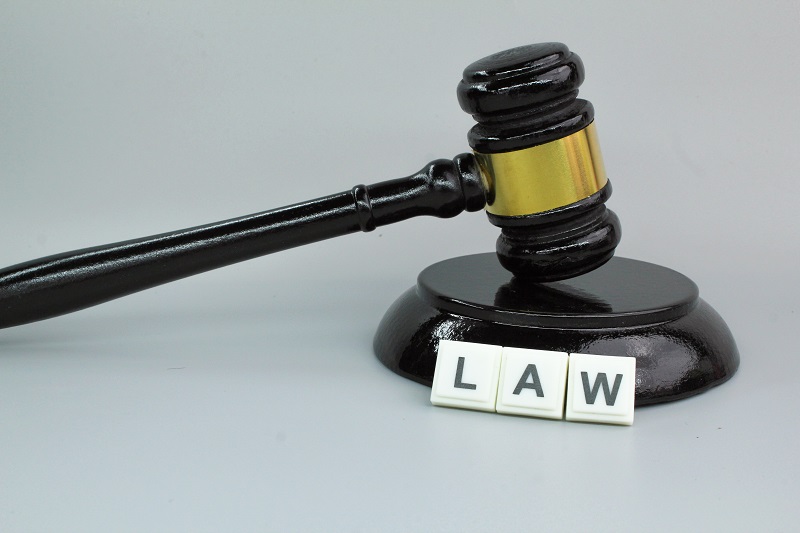In the intricate landscape of criminal law, legal defenses stand as bastions against allegations, offering individuals avenues to challenge accusations or seek mitigation of charges. These defenses encapsulate a spectrum of principles, each bearing unique nuances and applications that navigate the complexities of the legal system.
Self-Defense and Defense of Others
Central to human instinct is the right to self-preservation, a notion upheld by the legal doctrine of self-defense. This defense allows individuals to respond proportionately when faced with imminent harm. Similarly, the defense of others extends this right to protect others from immediate danger, provided the force used remains justifiable and necessary.
The Enigmatic Insanity Defense
The enigmatic insanity defense navigates the intricate realms of mental capacity. It asserts that an individual lacked the mental acuity to comprehend the nature or consequences of their actions during the commission of the crime. Often, expert testimony and a deep examination of the defendant’s mental state become pivotal in its application.
Duress, Necessity, and Entrapment
The defenses of duress, necessity, and entrapment provide a glimpse into the moral complexities surrounding criminal actions. Duress surfaces when individuals commit crimes under explicit threats or coercion, arguing they had no viable alternative. Necessity justifies criminal actions to prevent a greater harm, while entrapment highlights instances where law enforcement induces individuals into criminal behavior.
The Statute of Limitations and Alibi
A temporal safeguard, the statute of limitations dictates that charges cannot be brought forth if a certain period has lapsed since the commission of the alleged crime. Alibi, on the other hand, becomes a shield when a defendant provides irrefutable evidence that they were elsewhere during the crime, substantiating their innocence.
Mistake of Fact, Consent, and Diminished Capacity
Mistake of fact provides a compelling defense when defendants genuinely misconstrue the circumstances surrounding their actions. Consent, albeit limited in its scope, surfaces in situations where the alleged victim willingly participated in the act. Diminished capacity contends that due to mental or emotional states, the defendant lacked the requisite intent for the crime.
Provocation, Good Faith Belief, Withdrawal
Provocation, a mitigating factor, may reduce charges from murder to voluntary manslaughter when a defendant acts in the heat of passion triggered by adequate provocation. Good faith belief finds relevance in situations where individuals genuinely believe their actions are legal. Withdrawal stands as a defense when a defendant renounces participation in a crime before its occurrence.
The Interplay and Complexity
Legal defenses in criminal law possess an interplay of complexities, each carving its niche in the pursuit of justice. Their effectiveness hinges not just on their theoretical validity but on the articulation and substantiation within the context of specific cases. Factors like evidence, legal representation, and judicial interpretation significantly sway their impact.
Conclusion: Navigating the Labyrinth of Defenses
While these defenses form the cornerstone of legal strategies, their successful application demands a meticulous and strategic approach. The interpretation and applicability of these defenses can vary across jurisdictions, emphasizing the need for adept legal counsel tailored to the idiosyncrasies of each case.
Understanding the nuances and implications of these defenses is pivotal, yet their effective deployment requires an astute comprehension of legal intricacies. In the quest for justice, these defenses stand as bulwarks, shaping the contours of trials and influencing the scales of justice.
